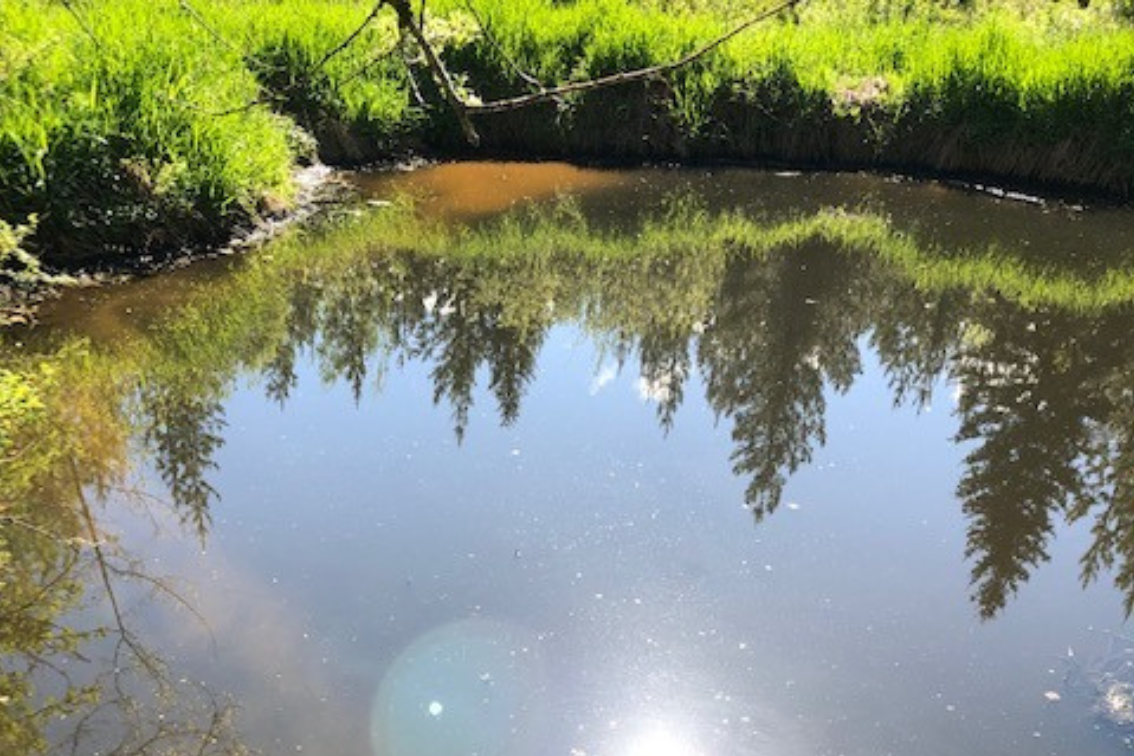Living with a sewage lagoon or septic system brings a unique set of challenges, especially when it comes to what you can and can’t flush down the drain. I’ve had my fair share of trial and error in figuring out what works best. In this post, I’ll share what I’ve learned, so you can avoid some common pitfalls and keep your system running smoothly.
Flushing Do’s and Don’ts
Let’s start with the basics: not everything that fits down the toilet or sink should go there. Keeping your sewage lagoon healthy requires understanding what’s safe to flush and what to avoid.
What You Can Flush
- Toilet Paper: Stick to brands labeled “safe for septic systems.” These break down quickly and won’t clog your pipes or lagoon.
- Human Waste: Of course, this is what your system is designed to handle.
What You Should Never Flush
I’ve learned the hard way that flushing the wrong things can lead to clogs, odors, and costly repairs. Avoid flushing:
- Paper Products: Tissues, paper towels, wipes (even “flushable” ones), and cotton balls can cause blockages.
- Hygiene Products: Pads, tampons, and similar items don’t break down in septic systems.
- Grease: Bacon grease or cooking oil solidifies in pipes, leading to blockages. Instead, pour it into a container and throw it in the trash.
- Chemicals: Bleach, paint, and harsh cleaning products can kill the bacteria your lagoon relies on.
How Food Waste Affects Your Lagoon
Food waste can be tricky. Cooked food, especially fatty or protein-rich items like meat, breaks down more slowly than raw food. If you’ve got leftover buttermilk or expired yogurt, though, these can actually help your system by introducing beneficial bacteria.
Dishwashers and Septic Systems
If you’re like me, you might worry about whether a dishwasher is compatible with your lagoon. The good news is, it’s fine to use one! Just follow these tips:
- Use Septic-Safe Detergents: These are designed to minimize harm to your system’s bacteria.
- Spread Out Water Usage: Avoid running the dishwasher, laundry, and showers all at once. Give your lagoon time to process wastewater.
Managing Water Usage
When my family started paying attention to how we used water, we noticed a big improvement in our lagoon’s performance. Here are some practical tips:
- Laundry: Instead of doing several loads in one day, spread them out over the week.
- Showers and Baths: Avoid long showers back-to-back.
- Conserve Where You Can: Small habits, like fixing leaks or turning off the tap while brushing your teeth, make a difference.
Troubleshooting Lagoon Problems
If your sewage lagoon is showing signs of trouble—like unpleasant odors, standing water, or unusual colors—there’s hope! Adding bacterial treatments can restore balance.
My Go-To Solution: Green Gobbler Septic Saver
When I first noticed my lagoon wasn’t performing well, I turned to Green Gobbler Septic Saver, and it’s been a game-changer. Here’s why I swear by it:
Why Green Gobbler Works
- Restores Balance: The bacteria and enzymes in Green Gobbler break down organic waste, grease, and other clog-producing materials.
- Eliminates Odors: It tackles the source of smells, keeping the area around your lagoon fresh.
- Simple to Use: Just drop a dissolvable pack into your toilet and flush once a month.
Green Gobbler Septic Tank Treatment
Protect your septic tank with Green Gobbler Septic Saver! Say goodbye to costly backups and repairs. Contains 6 months of treatment. Reduce obnoxious septic odors efficiently.
Keeping Your Lagoon Healthy
A healthy sewage lagoon isn’t just about avoiding problems; it’s about proactive care.
- Watch What You Flush: Stick to septic-safe products.
- Maintain Balance: Add bacterial treatments regularly.
- Spread Out Water Usage: Give your system time to process wastewater effectively.
Let’s Talk!
What challenges have you faced with your sewage lagoon or septic system? I’d love to hear your experiences, questions, or tips in the comments below. Let’s keep our systems running smoothly together!
Related article: Should your sewage lagoon water be green or brown?


